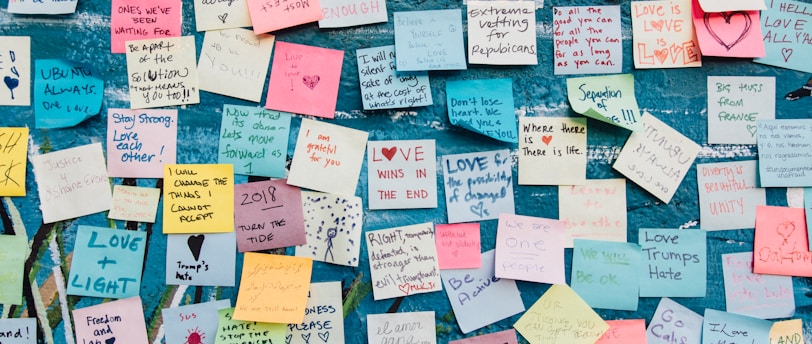The American Dream’s Price Tag: How Much Is Enough, and How Are People Chasing It?
4/25/20253 min read


The American Dream’s Price Tag: How Much Is Enough, and How Are People Chasing It?
The American Dream—once a shimmering promise of opportunity—now feels like a marathon with a moving finish line. For many, it’s not just about ambition or hard work anymore; it’s about money. Rising costs, stagnant wages, and a world of economic uncertainty have turned the dream into a financial puzzle. But what exactly is the American Dream today, and how are people navigating the barriers to achieve it? Let’s dive into the challenges, the costs, and the creative ways Americans are redefining and pursuing their version of the dream.
The Cost of the Dream: A Staggering Reality
Recent studies paint a stark picture. According to Investopedia, the lifetime cost of the American Dream—homeownership, raising two kids, cars, vacations, and retirement—hits a jaw-dropping $4.4 million. That’s more than most Americans will earn in their lifetime, with the average bachelor’s degree holder bringing in about $2.8 million over a career. GOBankingRates adds that in 29 states, you’d need over $150,000 annually just to cover basics like a mortgage, childcare, and groceries. In cities like Los Angeles, that number climbs to $160,000.
For many, the cost of living is the biggest roadblock. A 2022 WalletHub survey found 62% of Americans cite soaring prices as the main barrier to their dreams, far outpacing concerns about income. Housing costs have skyrocketed, with median home prices up 14.6% from 2021 to 2022, and mortgage rates doubling since early 2022. Add in childcare costs topping $20,000 annually in some states and groceries hitting $9,000 a year in others, and it’s no wonder people feel squeezed.
What Does the American Dream Mean Today?
The American Dream isn’t one-size-fits-all. For some, it’s the classic vision: a home, a family, and financial security. Others define it as freedom from debt, the ability to “just survive,” or the chance to live life on their terms. A Pew Research Center poll from 2024 shows only 53% of Americans believe the dream is still achievable, with younger adults feeling especially pessimistic. For them, it’s less about wealth and more about stability—paying bills without stress or saving for a modest future.
Past generations faced different hurdles. Boomers dealt with high interest rates in the ‘80s but benefited from cheaper homes and stronger unions. Millennials and Gen Z, however, grapple with student debt, a gig economy, and a housing market that feels like a gated community. Two-thirds of Americans believe younger people face unique hardships, like college costs and childcare, that their parents didn’t.
How Are People Chasing the Dream?
Despite the obstacles, Americans are finding ways to adapt. Here’s how they’re tackling the dream in today’s economy:
Rethinking Homeownership: With home prices out of reach, many are delaying buying or choosing alternatives. Some move to affordable Midwest cities like Des Moines, where mortgages eat up less income. Others embrace renting or co-living to save cash. Couples like Rachael and Garrett, who lived with parents to save for a down payment, show grit in navigating high costs.
Side Hustles and Entrepreneurship: The digital economy is a lifeline. Dropshipping, freelancing, and e-commerce offer low-barrier ways to boost income. A 2023 AliDropship report highlights how online businesses help people bypass traditional financial constraints, with minimal startup costs and global reach. Small business owners, despite inflation, remain optimistic—62% believe they’ll achieve their dream through ventures that prioritize comfort over riches.
Financial Planning and Sacrifice: Financial advisors stress the power of budgeting and saving. Niv Persaud, a planner in Atlanta, emphasizes comprehensive plans to tackle the $4.4 million price tag. People are cutting back—driving older cars, skipping vacations, or opting for community colleges to reduce debt. Automatic savings and emergency funds are becoming non-negotiables.
Redefining Success: For many, the dream isn’t a white picket fence anymore. It’s about experiences, flexibility, or helping others. Gen Z and Millennials prioritize work-life balance and personal fulfillment over material wealth. A GoDaddy survey found 56% of entrepreneurs equate the dream with living comfortably, not getting rich.
Overcoming Barriers: Practical Steps
Achieving the American Dream today requires strategy and resilience. Start with a clear goal—whether it’s debt freedom or a first home—and break it into manageable steps. Build an emergency fund to weather unexpected costs. Explore side gigs to bridge income gaps, and consider relocating to lower-cost areas if feasible. Most importantly, redefine what “success” means to you. The dream doesn’t have to match a 1950s postcard; it can be as unique as your life.
The Road Ahead
The American Dream isn’t dead, but it’s evolving. Rising costs and economic shifts have made it harder, but people are adapting with creativity and determination. By rethinking priorities, leveraging new opportunities, and planning smart, Americans are carving out their own paths to fulfillment.
Thought Questions:
How do you define the American Dream, and has that definition changed over time?
What’s one financial or lifestyle change you could make to get closer to your version of the dream?
Are traditional milestones like homeownership still essential, or is the dream more about personal freedom and stability?
hello@boncopia.com
+13286036419
© 2025. All rights reserved.